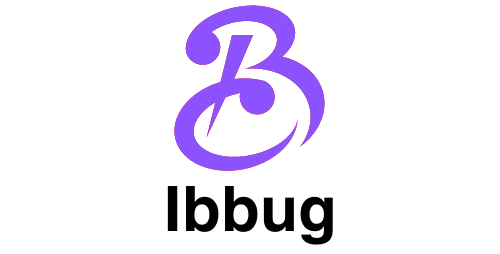Choosing the perfect lunch bag for daily use
Embarking on the quest for the ideal lunch bag involves thoughtful consideration. Essential features such as temperature-preserving insulation, a leak-proof design, and ease of cleaning are not mere details but integral to a well-prepared midday meal. Dive into a comparison of various types including eco-friendly choices, and learn maintenance tips to extend the life of your lunchtime companion. Discover the perfect blend of functionality and style for your daily nourishment ritual.
Essential Features to Consider When Choosing a Lunch Bag
When selecting a lunch bag, insulation is paramount to ensure food safety and maintain the desired temperature of your meals. Look for bags with advanced lunch bag insulation technology that can keep your food hot or cold for hours, thus preventing bacterial growth.
Avez-vous vu cela : How Can Smart Glasses Assist People with Impaired Vision in the UK?
A leak-proof design is also crucial. Not only does it protect against spills and stains inside your bag, but it also maintains the integrity of your food. You want a lunch bag that can handle the occasional tipped over soup container without a disaster.
Finally, consider the ease of cleaning. Lunch bags that are easy-to-clean minimize time spent on maintenance and help avoid odors or stains that can accumulate over time. Bags made from materials like polyester and nylon are generally more resistant to wear and can often simply be wiped down or, in some cases, machine washed.
Cela peut vous intéresser : What Advancements in AR Are Enabling More Effective Training for First Responders?
Remember, the best lunch bag for you will blend functionality with personal style, creating a reliable and enjoyable mealtime experience.
Comparing Different Types of Lunch Bags for Everyday Use
When choosing a lunch bag, durability is essential. Materials like polyester and nylon offer resilience against daily wear and tear, making them durable lunch containers. For those mindful of the environment, eco-friendly lunch bags crafted from recycled materials are available, combining sustainability with practicality.
Size considerations are key—select a lunch bag that accommodates your meal portions without excess empty space to prevent food from shifting. Popular brands often provide a variety of lunch bag sizes to cater to individual needs.
Organization is another factor to consider. Lunch bags with multiple compartments allow for separation of items, keeping snacks apart from sandwiches and preventing flavor cross-contamination. This feature is especially beneficial for professionals who need to pack a variety of food options.
In summary, when exploring options like https://lunch-bag.ca for everyday use, focus on bags that offer the right blend of durability, size, eco-friendliness, and compartmentalization to suit your lifestyle and meal prep habits.
Maintaining and Maximizing Your Lunch Bag's Lifespan
Proper cleaning and maintenance are crucial for extending the life of your lunch bag. Adhering to the manufacturer's care instructions ensures materials retain their durability and protective qualities. Most lunch bags, particularly those made of polyester and nylon, can be cleaned with a damp cloth and mild detergent, while some can even be machine washed.
Materials play a significant role in a lunch bag's longevity. Nylon and polyester are not only lightweight but also resistant to tears and punctures, making them superior choices for sustained use. Conversely, eco-friendly materials such as cotton or recycled PET are gentle on the environment and, with proper care, can also offer considerable endurance.
For unused lunch bags, innovative storage solutions prevent damage and conserve space. Collapsible designs can be flattened, while others may be hung or stacked neatly. Maintaining an organized maintenance routine—cleaning after use, thoroughly drying before storage, and checking for wear and tear—will keep your lunch bag in prime condition, ready for your next meal.
